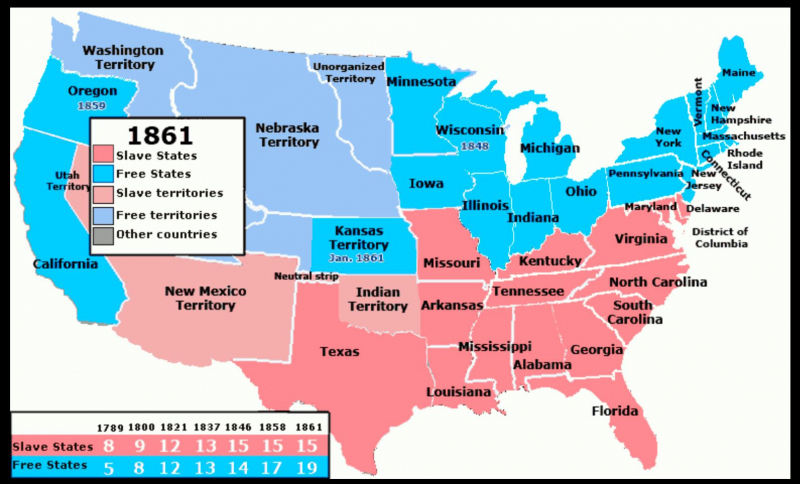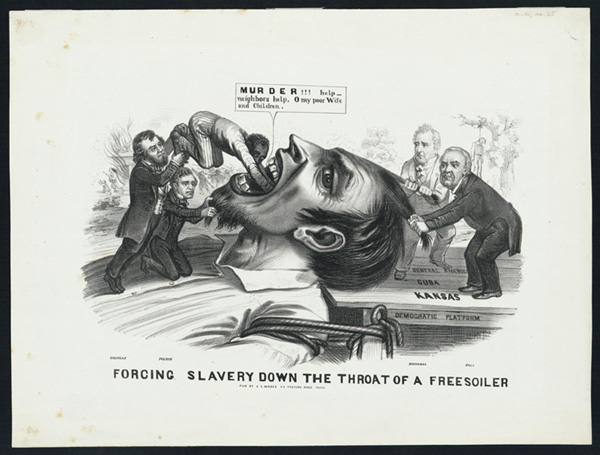The pro-slavery states and the free states
The issue of whether new states will support slavery or be free states arose as America started to grow. An effort was made to guarantee that the Union admitted an equal number of free states and states that supported slavery, although this proved challenging over time.
Henry Clay and others came up with the Compromise of 1850 to address the balance between pro-slavery and free states. Both the interests of the North and the South were intended to be protected. The Fugitive Slave Act was one of the conditions for California's admission as a free state. This made persons liable for sheltering slaves who were looking for freedom, even if they were in free states.
Another matter that heightened tensions were the Kansas-Nebraska Act of 1854. It established two new territories, allowing the states to choose whether they would be free states or pro-slavery states via popular sovereignty. The true problem started in Kansas when "Border Ruffians," or supporters of slavery from Missouri, poured into the state to push it toward slavery.
Violence-filled altercation in Lawrence, Kansas, brought issues to a head. Due to this, it earned the nickname "Bleeding Kansas." Even on the Senate floor, a brawl broke out when Massachusetts senator Charles Sumner, a supporter of abolition, was struck in the head by Sen. Preston Brooks of South Carolina.







